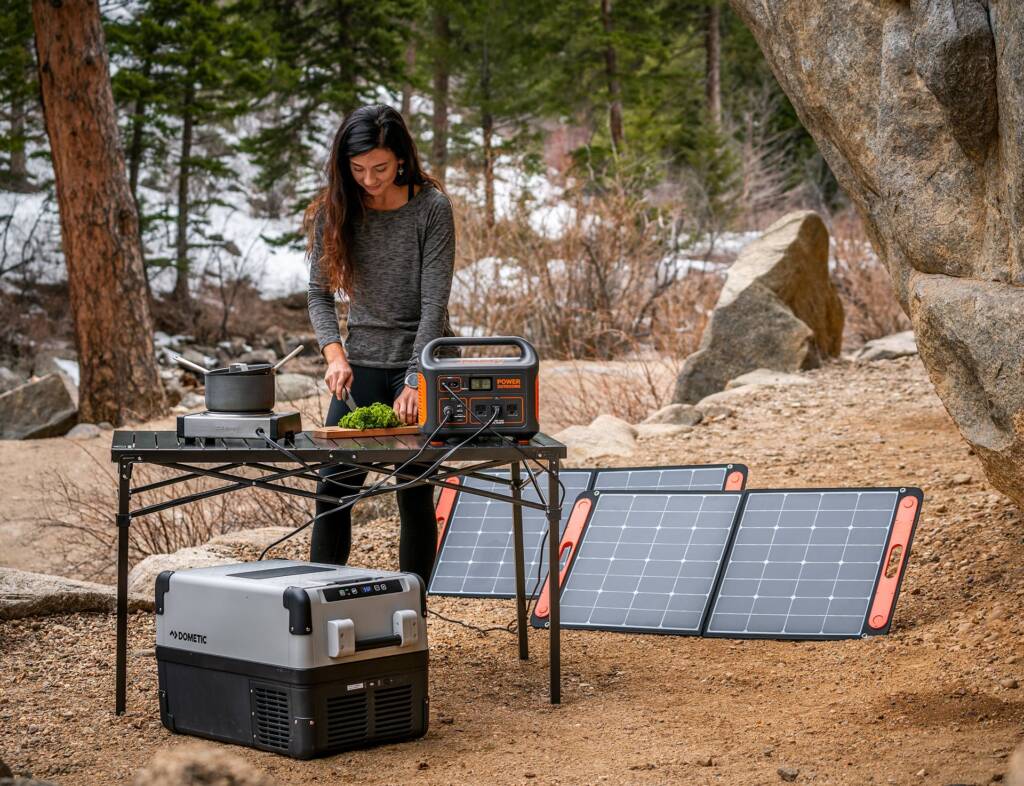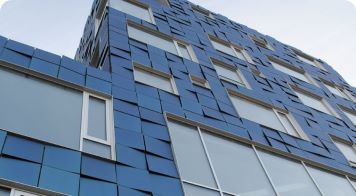Solar Façade Mounting Structures: Where Architecture Meets Energy
As sustainability becomes a core element of modern architecture, solar façade mounting structures are emerging as a bold, beautiful, and highly efficient way to generate clean energy—right from the vertical walls of a building. These structures don’t just power your premises—they redefine how buildings interact with the sun.
What Are Solar Façade Mounting Structures?
Solar façade systems allow solar panels to be installed on the vertical surfaces of buildings—typically the outer walls. These aren’t just bolt-on additions—they can be architecturally integrated as Building Integrated Photovoltaics (BIPV) or mounted externally as retrofit solutions.
Solar façades serve dual purposes:
- Generating electricity
- Acting as a shading element, reducing heat gain and improving energy efficiency
Why Choose a Solar Façade System?
Brand Value: Projects a forward-thinking, sustainable image—great for corporations and institutions.
Aesthetic Integration: Façade panels can be seamlessly blended with the building design—ideal for modern or high-end architectural projects.
Space Optimization: Utilize wall space where rooftop or ground space isn’t available.
Thermal Efficiency: Acts as a solar shield, reducing the building’s cooling load.
Urban Solar Potential: Perfect for cities with limited open land but lots of vertical real estate.


Types of Solar Façade Mounting Structures
Building Integrated PV (BIPV)
Solar panels are used as actual building materials—like glass, cladding, or curtain wall elements.
Fixed Vertical Mounts
Panels are mounted directly against the façade. Simple, low-maintenance, and clean-looking.
Tilted or Louvred Systems
Panels are installed at an angle from the wall, allowing better sun exposure and sometimes doubling as sunshades.
Key Design Considerations
Orientation & Angle: South-facing façades generate the most energy in the northern hemisphere, but even east/west façades can contribute meaningfully.
Aesthetic Harmony: Choice of color, texture, and transparency (semi-transparent PV panels) can be tailored to match the design.
Structural Anchoring: Mounting brackets must account for wind load, thermal movement, and building material type.
Wiring & Access: Clean cable routing and access for maintenance are critical in vertical designs.
Applications
Office buildings & commercial towers
Hotels, malls, and public infrastructure
Educational institutions
Retrofit upgrades on existing buildings
Net-zero or LEED-certified construction projectset, consetetur sadipscing elitr.

